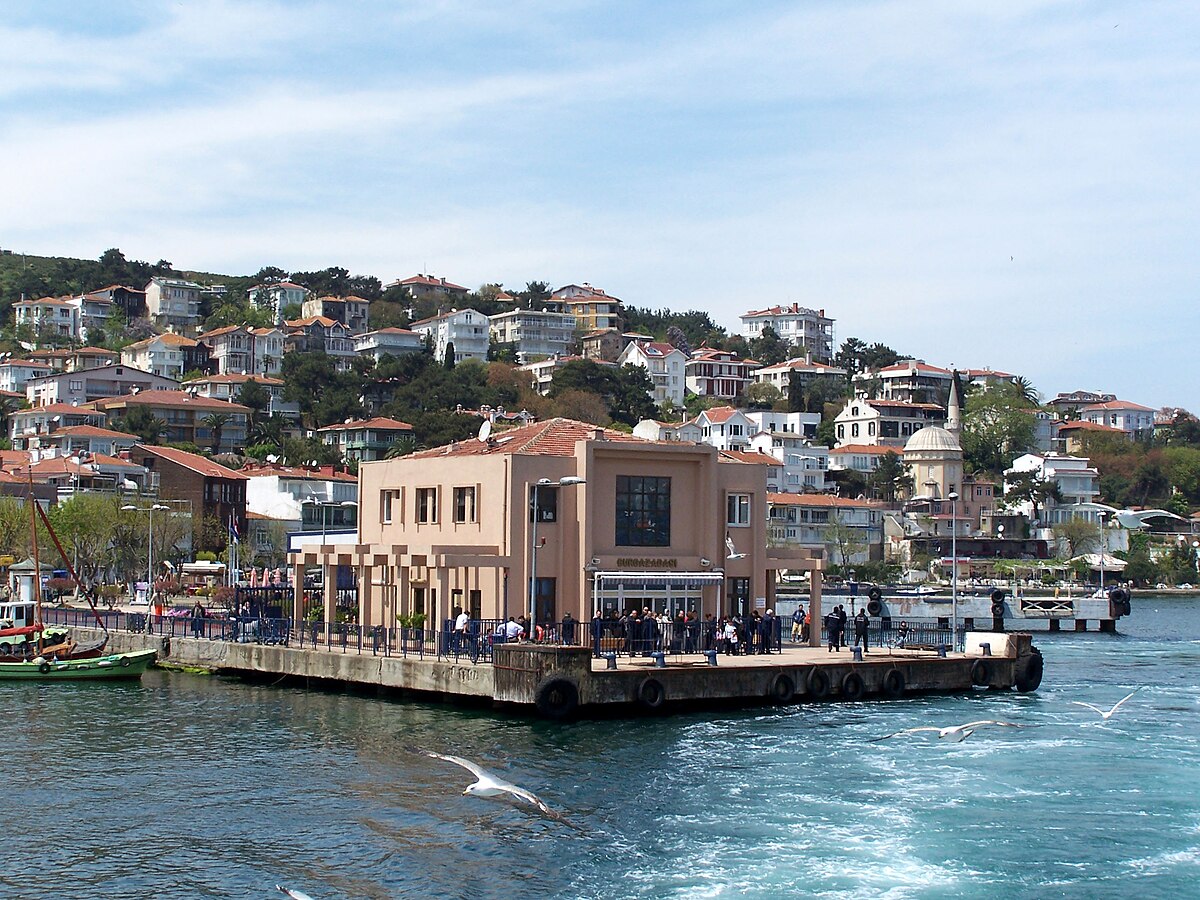Steven Avery
Administrator
Antigonus
Burgazada
Prigiponissa
Island of Princes (Princes Island)

 en.wikipedia.org
en.wikipedia.org
 Burgazada seen from Heybeliada A classic house in Burgazada
Burgazada seen from Heybeliada A classic house in Burgazada
Burgazada, or Burgaz Adası (Burgaz for short), is the third largest of the Princes' Islands in the Sea of Marmara, near Istanbul, Turkey. It is officially a neighbourhood in the municipality and district of Adalar, Istanbul Province, Turkey.[1] Its population is 1,655 (2022).[2] In the past, it was called Antigoni (Greek: Αντιγόνη) after Antigonus I Monophthalmus, the father of Demetrius I of Macedon,
====================================
Elliott
PBF
https://www.purebibleforum.com/index.php?threads/athos-to-constantinople-to-antigonus-to-sinai.3688/
https://purebibleforum.com/index.ph...-by-wright-and-his-investigative-clowns.3055/
==========================
Christian Remembrancer (1864)
https://books.google.com/books?id=jvoDAAAAQAAJ&pg=PA198
Journal of Sacred Literature (1863)
https://books.google.com/books?id=_bYRAAAAYAAJ&pg=PA216
https://archive.org/details/journalsacredli15cowpgoog/page/216/mode/2up?q=convenience
Journal of Sacred Literature
https://books.google.com/books?id=IvkDAAAAQAAJ&pg=PA249
Full Collation
https://books.google.com/books?id=v-JUmBD5zIcC&pg=RA2-PP5
https://books.google.com/books?id=AuBUAAAAcAAJ&pg=RA1-PA27
Burgazada
Prigiponissa
Island of Princes (Princes Island)

Burgazada - Wikipedia
| Burgazada | |
|---|---|
| Neighbourhood | |

Ferry port of Burgazada | |


Burgazada Location in Turkey Show map of TurkeyShow map of IstanbulShow all | |
Coordinates:

| |
| Country | Turkey |
| Province | Istanbul |
| District | Adalar |
| Population (2022) | 1,655 |
| Time zone | UTC+3 (TRT) |
 Burgazada seen from Heybeliada A classic house in Burgazada
Burgazada seen from Heybeliada A classic house in BurgazadaBurgazada, or Burgaz Adası (Burgaz for short), is the third largest of the Princes' Islands in the Sea of Marmara, near Istanbul, Turkey. It is officially a neighbourhood in the municipality and district of Adalar, Istanbul Province, Turkey.[1] Its population is 1,655 (2022).[2] In the past, it was called Antigoni (Greek: Αντιγόνη) after Antigonus I Monophthalmus, the father of Demetrius I of Macedon,
====================================
Elliott
PBF
https://www.purebibleforum.com/index.php?threads/athos-to-constantinople-to-antigonus-to-sinai.3688/
https://purebibleforum.com/index.ph...-by-wright-and-his-investigative-clowns.3055/
==========================
Christian Remembrancer (1864)
https://books.google.com/books?id=jvoDAAAAQAAJ&pg=PA198
Journal of Sacred Literature (1863)
https://books.google.com/books?id=_bYRAAAAYAAJ&pg=PA216
https://archive.org/details/journalsacredli15cowpgoog/page/216/mode/2up?q=convenience
Journal of Sacred Literature
https://books.google.com/books?id=IvkDAAAAQAAJ&pg=PA249
Full Collation
https://books.google.com/books?id=v-JUmBD5zIcC&pg=RA2-PP5
https://books.google.com/books?id=AuBUAAAAcAAJ&pg=RA1-PA27
Last edited:
